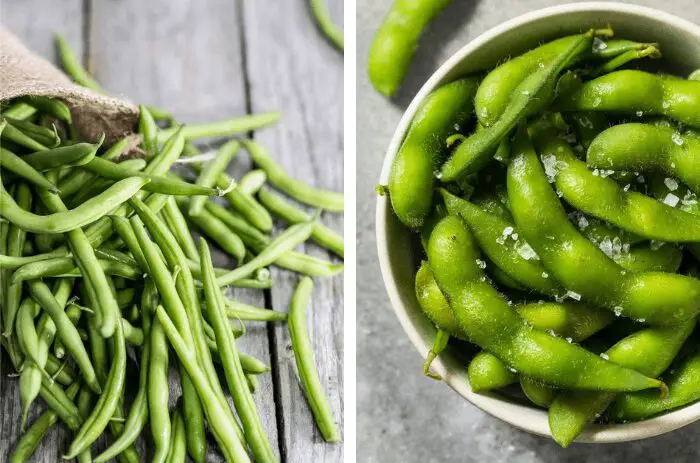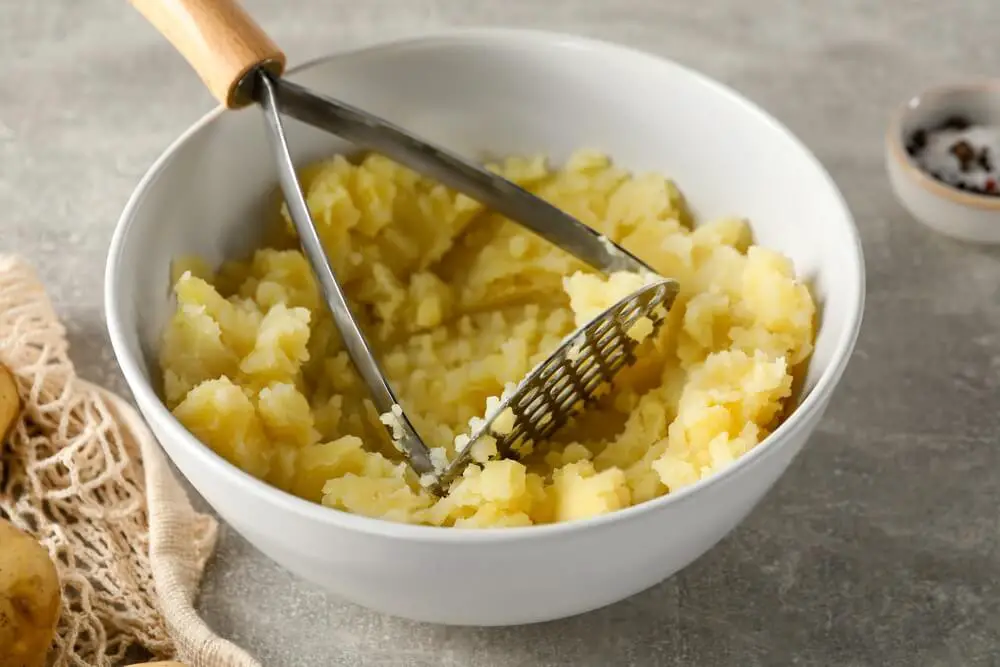Legumes are a diverse group of plants that are widely cultivated for their edible pods and/or seeds. These nutritious and versatile crops have been consumed for thousands of years, and are valued for their high protein content, dietary fiber, and complex carbohydrates. Some of the most commonly cultivated legumes include beans, peas, lentils, and soybeans. While these plants share many similarities, they also have distinct differences in their appearance, taste, and uses.
Two popular legumes that are often compared are edamame and green beans. These immature pods are harvested while they are still green and offer a unique flavor and texture that sets them apart from their mature counterparts. Edamame, in particular, has become increasingly popular in recent years, particularly as a healthy snack option or as an ingredient in salads and stir fry dishes. Green beans, on the other hand, are a staple in many cuisines around the world and are often used in traditional dishes.
Despite their similarities, edamame and green beans have distinct differences in their appearance, taste, and uses. In this article, we will explore these differences in detail, providing insights into how these two legumes differ from one another. From their nutritional profiles to their culinary applications, we will examine what sets edamame and green beans apart and why they are both valuable additions to any diet. So, whether you’re a fan of edamame or green beans, or simply curious about these versatile legumes, read on to discover the key differences between these two delicious crops.
Edamame Vs Green Beans
What is Edamame?
Soybean is one of the most popular legumes produced on a commercial scale. Their beans can be used in so many ways, and several products that can be gotten from soybean, including soymilk and tofu. There immature beans which are known as edamame are also very popular in Asian cuisine, especially in Japan, China, and Korea. In Japanese, the word “edamame” literally means “beans on branches,” which refers to the way the pods grow in clusters on the soybean plant.
Edamame beans are harvested at their immature stage, while they are still green and soft. They are usually steamed or boiled, and can be eaten alone or used as an ingredient in salads, soups, or stir-fries. They are also often served as a snack in Japanese restaurants, either salted or with a sprinkling of spices.
In addition to being a tasty and convenient snack, edamame beans are also very nutritious. As mentioned earlier, they are a rich source of fiber, protein, and several vitamins and minerals. They are also a good source of antioxidants, which can help protect your cells against damage from harmful molecules called free radicals.
What are Green Beans?
Green beans are the immature pods of the common bean plant, which is a member of the legume family. They are also known as string beans or snap beans, and are one of the most popular vegetables in the United States. Green beans come in several different varieties, including stringless, French, and wax beans.
Green beans are usually eaten whole, including the pods, and can be cooked in a variety of ways. They can be boiled, steamed, roasted, grilled, or sautéed, and are often used as an ingredient in soups, stews, casseroles, or salads. They are also a popular side dish, especially when served with butter and garlic.
Green beans are a good source of several vitamins and minerals, including vitamin C, vitamin K, and manganese. They are also low in calories and high in fiber, which makes them a great choice for anyone looking to maintain a healthy weight or improve their digestion.
Differences between edamame and green beans
Plants
The structure and growth pattern of the soybean and common bean plants are quite different. Edamame beans are products of soybean plants that are harvested when they are not fully mature. Soybean plants have erect and branching stems that require no support. These plants can sometimes reach heights of up to 2 meters.
On the other hand, the common bean is a diverse species with several cultivars. Green beans are the immature products of selected cultivars of the common bean plant. The plants of the different cultivars exhibit either of two growth patterns. They could have crawling or erect stems, and based on this they are categorized as pole varieties and bush varieties.
The pole varieties of green beans which are crawling type need to be supported with stakes as they grow. Pole beans can reach heights of up to 8 meters and require support. Bushes reach a height of 2 meters and require no support.
Eating
The beans and the pods of green beans are soft and are usually eaten together. They are used whole for meals such as stir fry. On the other hand, edamame beans are popularly found in Asian cuisine as a snack. You may find edamame beans in grocery stores packaged as the shelled varieties, that is as the bean seeds alone or you could also get them unshelled together with their pods. The pods of edamame beans are fibrous and therefore not edible. The pods are discarded after eating the seeds.
Green beans are used as ingredients for stir fry dishes, and can also be boiled, roasted or grilled. They can be eaten alone or served as a side dish. Edamame beans, on the other hand, are usually served as a snack. They can be steamed, boiled or salted and served alone or with other snacks.
Pods
The pods are the fruits of these plants. Within the pods are the bean seeds covered by a shell. Green beans have long, slender pods which are about 4 to 6 inches long. Their pods are also smooth and soft.
Edamame bean pods are shorter. They are about two to three inches / 5 cm long and dark green in color. The pods are fuzzy with a slightly hairy texture and filled with about one to three plump beans in each pod. Their pods are also flatter and thicker.
Nutrition
Green beans and edamame are both rich sources of nutrients, containing fiber proteins, minerals, and vitamins in good proportions. Edamame is richer in calories, fat, fiber, proteins, iron, magnesium, vitamin, calcium, and potassium compared to green beans. Edamame beans are a source of complete protein, which means they have all the essential amino acids.
Edamame beans are also a rich source of vitamins and other minerals. They can boast of having a high nutrient content greater than so many other legumes. On the other hand, green beans are low in calories but high in several important nutrients. They are particularly high in vitamin K, vitamin C, and manganese.
Conclusion
In conclusion, while edamame and green beans may look similar at first glance, there are several differences between these two legumes that set them apart. Whether you prefer the nutty flavor and chewy texture of edamame or the crisp, fresh taste of green beans, both of these legumes are delicious, nutritious, and versatile ingredients that can be used in a variety of dishes.



